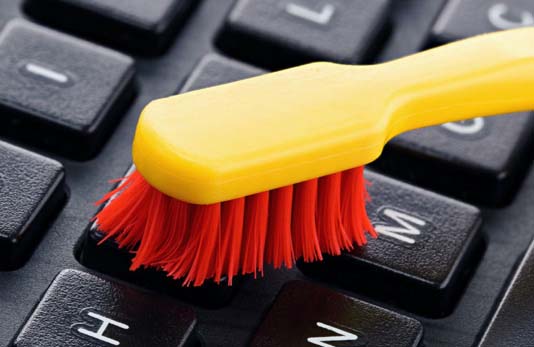Overbrushing: too much of a good thing

Brushing regularly is considered vital for healthy teeth and gums, but dental experts warn that you can overdo it. Known as “toothbrush abrasion,” overbrushing can lead to sensitive teeth and receding gums.
Vigorous brushing can wear down the enamel on your teeth and damage your gums, exposing the sensitive root area. Receding gums can also lead to other dental problems, such as periodontal disease and cavities on the roots of the teeth. This may lead to the need for treatments such as fillings, root canals and tooth extraction.
The people most at risk for tooth or gum damage from overbrushing are those who are particularly diligent about their oral care and those who use medium- or hard-bristled toothbrushes. Other factors, such as a genetic predisposition to receding gums, clenching or grinding your teeth or having had your teeth straightened with braces, can increase your risk for damage from overbrushing.
Changing brushing habits can usually stop the problem from getting worse. In cases of severe toothbrush abrasion, dentists can fill in the grooves with bonding material.
Proper brushing technique
What’s important when brushing your teeth is not how hard you brush, but rather that you brush properly and thoroughly. And that takes time. Dentists recommend that you brush your teeth for two to three minutes to get the most thorough cleaning. Here are some other tips for brushing your teeth correctly:
- Use a soft-bristled toothbrush to prevent gum damage and wear on the soft tooth dentin (the less mineralized layer of tooth found just under the enamel) and in the root area. If you’re accustomed to a hard-bristled toothbrush, switching to a softer toothbrush will help you avoid abrasion.
- Place the head of your toothbrush with the tips of the bristles at a 45-degree-angle to the gumline when brushing.
- Move the toothbrush with short strokes and a scrubbing motion, several times in each spot — don’t saw back and forth across the teeth with your toothbrush.
- Apply just enough pressure to feel the bristles against the gums. If you’re bending the bristles, you're brushing too hard.
Last updated February 4, 2022
Related articles:
The oral health information on this website is intended for educational purposes only. Always consult a licensed dentist or other qualified health care professional for any questions concerning your oral health.


